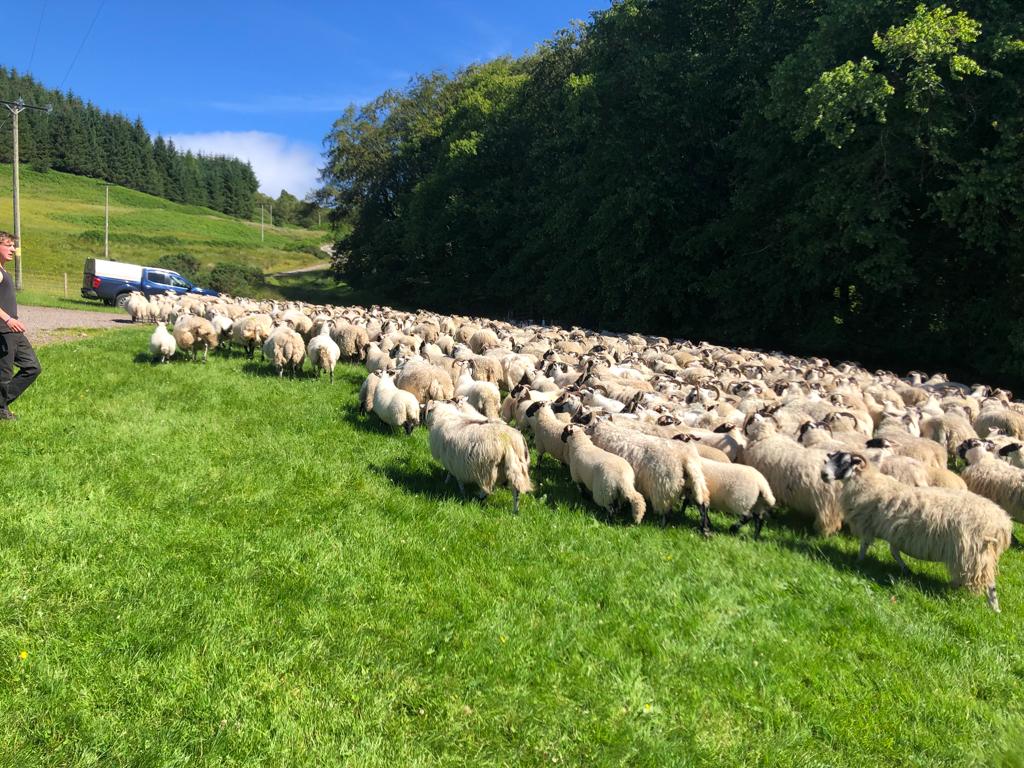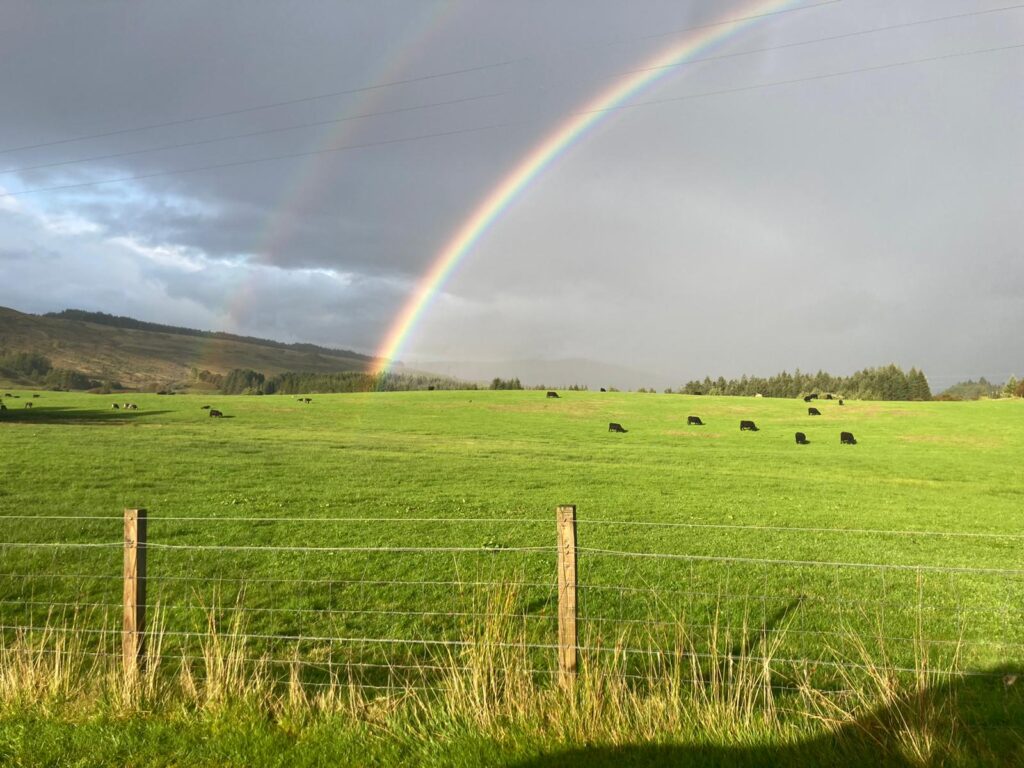Converting to Organic Farming
18 December 2023The lifting of the 1,000 ha limit for organic funding under the Agri-Environment Climate Scheme (AECS) has resulted in more industry interest in organics. Read on for a short guide to the main things you should consider if you are thinking about making a switch to organic farming in a hill or upland area, although much of the base information holds true whatever type of farming business you have.
Where to start?
Firstly – do a simple high level partial budget. It is best to assume that you will not make major changes to your existing system for the first three years, so you can compare like with like. Your existing system works – that’s why you are still in business - so tweak rather than make major changes. The table below will allow you to work out the financial impact for your own business.
All values are per year– Averaged over five years of conversion.

If at a high level you think organics will work for you, then drill further into the detail.
What is the likely impact on animal health for hill units?
Successful management of animal health in organic systems relies on the preparation of a robust Animal Health Plan (AHP):
- Good biosecurity – to reduce the risk of disease incursion.
- Excellent stockmanship - spot health issues before animals need treatment.
- Test not guess – make full use of vet tests to refine and manage your animals’ health.
- Good record keeping – arguably a chore but the best way to make meaningful changes.

You can treat an animal on an organic unit, and in fact sick animals must be treated without delay. Whole herd or flock use of veterinary medicines such as vaccines may also be permitted if there is evidence of its need, this must be detailed in the AHP.
How do you actually convert your land and stock to organics?
If you decide to proceed you will need to prepare the following for conversion:
- Organic Certification Body Producer Application Form.
- Scottish Government’s AECS Organic Viability Proposal (OVP).
- Organic Certification Conversion Plan.
Conversion Period - The conversion of a holding to full organic status takes two years.
There are two types of conversion:
- Standard Conversion where land is converted first, followed by the livestock after year two
- Simultaneous Conversion where land and livestock are converted at the same time. Both options have pros and cons.
Talk to your certification body to work out which is best for you.
Conversion Start Date
The start date opted for will be influenced by the enterprises on the farm as well as the AECS organic conversion start date range option chosen. Applying for organic conversion funding via AECS means the earliest a holding will be able to begin conversion will be the 1st of January following the year of application.
Remember, each year of the organic funding included in the AECS contract must be claimed annually via the SAF submitted to SGRPID - even in the first year when conversion may not have begun prior to the 15th May SAF deadline.
Key Messages:
Although not for all, organic farming certainly has its place. Due to increasing public and political pressure on the use of herbicides and pesticides, the conversion to organics for upland and hill producers would result in surprisingly little change to their farming policy. However, it would open up a premium market and access to an additional funding stream.
Keep it simple: When considering conversion, use the simple table in this article to work out at a high level if organics is for you before getting too bogged down in the detail.
No question is a silly question: especially when thinking through the conversion process. Use certification bodies and your professional farm and vet advisors to ensure you prepare for conversion and have covered all the bases.
Test not guess: Test the health status of your flock through dung samples and bloods and treat accordingly. This reduces the need for routine treatments.
Know your market: Marketing organic stock is more time consuming than conventional, where you can just sell at a local mart. But demand is there, and a premium is possible if you take the time to investigate.
List of useful resources:
https://www.soilassociation.org/
https://www.fas.scot/publication/how-to-convert-to-organic-grassland/
https://www.fas.scot/article/organic-conversion-case-study-introduction/
https://www.fas.scot/discussion-groups/organics/organic-information/
By Niall Campbell from SAC Consulting, Oban.
Sign up to the FAS newsletter
Receive updates on news, events and publications from Scotland’s Farm Advisory Service

